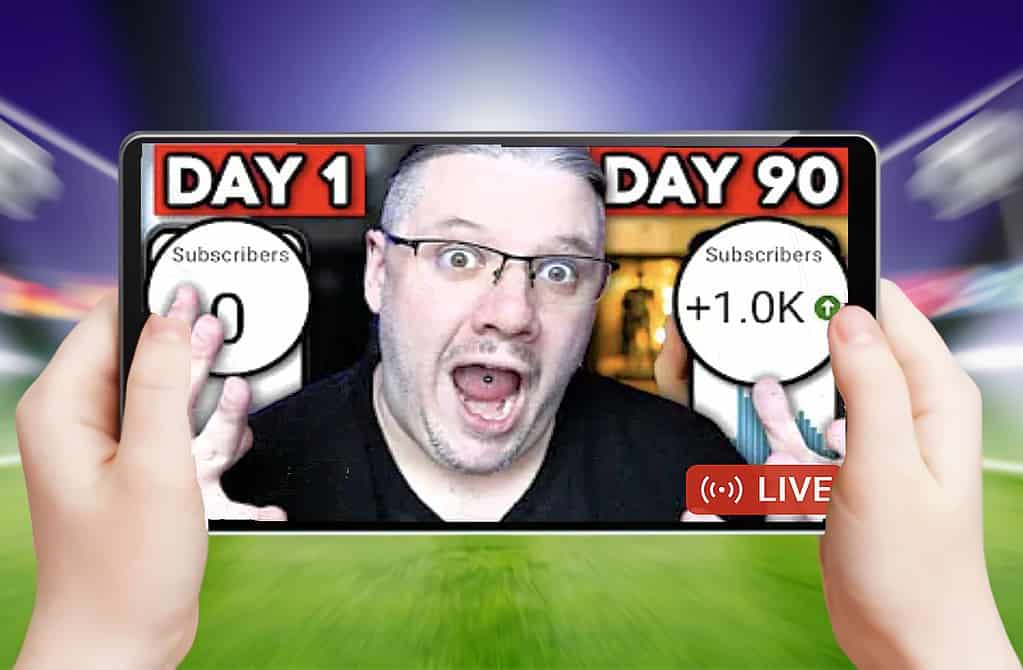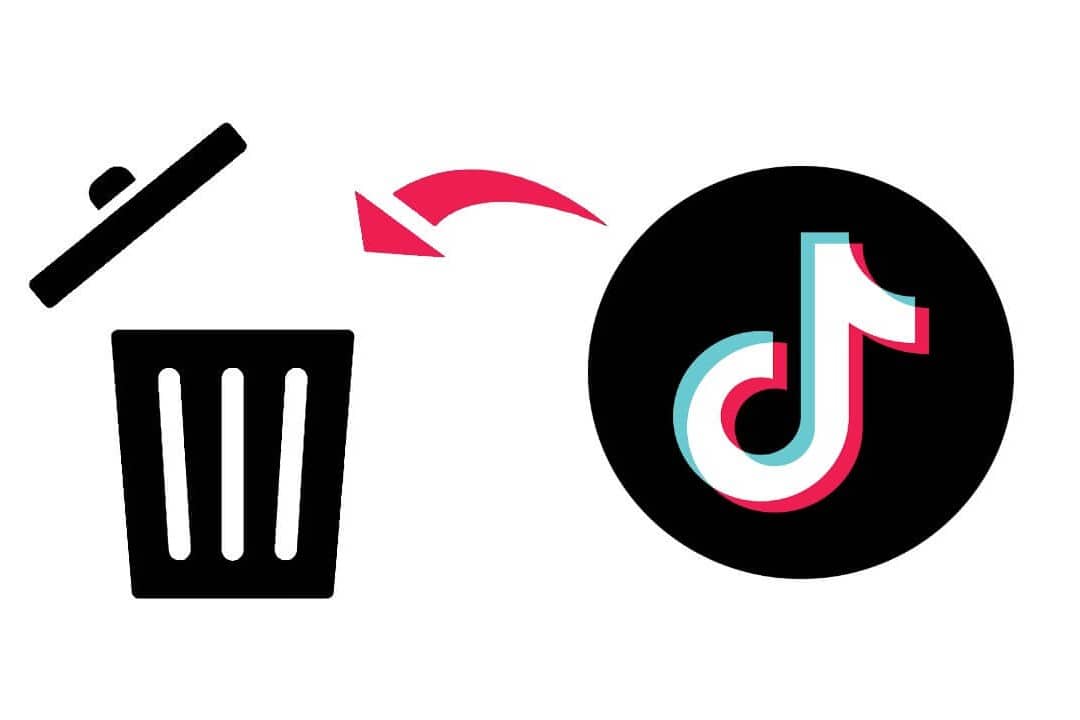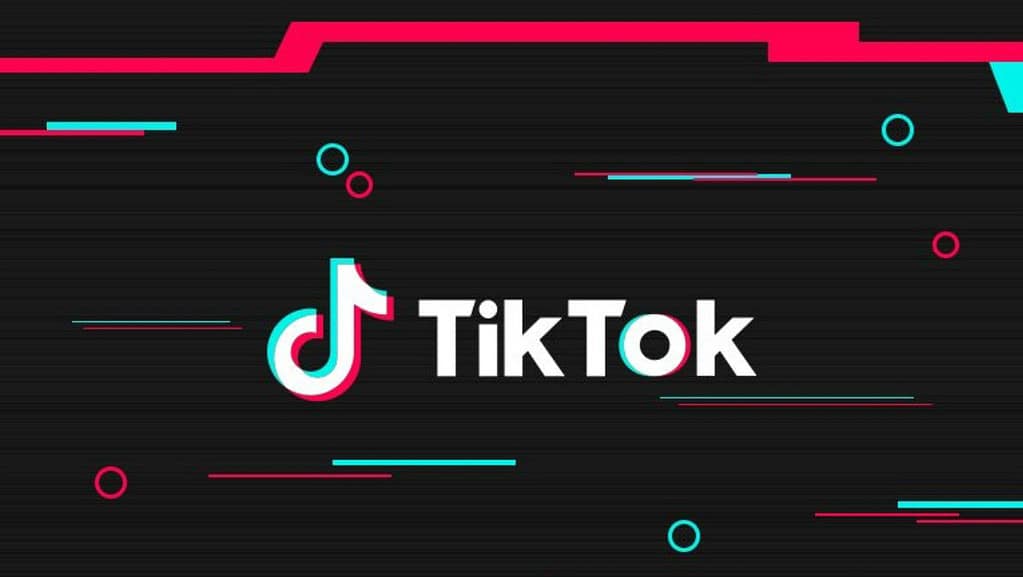In a world where social media platforms are constantly vying for user attention, Meta has made a bold move by launching Threads, a direct competitor to Twitter.
The app has made a splash, amassing millions of users within the first 12 hours of its release in the UK and US.
However, the European Union (EU) has put a pin in Meta’s plans for a pan-European launch due to concerns about compliance with the upcoming Digital Markets Act.
Threads, the new kid on the social media block, was officially introduced to the public on Apple and Google’s app stores at 11pm UK time on Wednesday, July 5th.
Interestingly, there’s no desktop version available yet. Meta’s founder, Mark Zuckerberg, expressed his vision for Threads as a “public conversations app with one billion-plus people on it,” a feat he believes Twitter has yet to achieve.
Threads is seen by many as Zuckerberg’s latest move in his ongoing rivalry with Twitter’s owner, Elon Musk, the billionaire behind PayPal and Tesla. This rivalry heated up recently when Twitter introduced a new rate-limiting policy for users who refuse to pay a monthly charge for verified status, a move that seemed to inadvertently trigger a self-inflicted distributed denial-of-service (DDoS) attack on Twitter’s own systems.

Threads aims to capitalize on Instagram’s massive user base for rapid growth. The strategy is simple: make it easy for Instagram users, especially high-profile celebrities and influencers, to sign up using their existing Instagram credentials. This allows them to “reserve” their accounts and protect their identities. Big names like celebrity chef Gordon Ramsay, reality TV star Kim Kardashian, and Formula 1 driver Lando Norris have already jumped on board.
When users sign up for Threads, they share a wealth of information from their Instagram profiles, including login information, account ID, name, username, profile information, followers, accounts they follow, age, and any violations of intellectual property or community guidelines. Like other Meta products, Threads also collects a wide range of personal data, from health and fitness information to financial data, contacts, content, browsing history, usage data, diagnostics, purchasing history, location, search history, identifiers, and sensitive information.
However, this cross-platform functionality is what has put the brakes on Threads’ European launch. The EU’s Digital Markets Act, set to be fully implemented in 2024, strictly prohibits sharing user data across different platforms. Violations could result in fines of up to 10% of annual global revenues for tech giants.
A representative from Meta confirmed that due to “upcoming regulatory uncertainty,” Threads will not be launched in the European Economic Area (EEA), which includes the 27 EU Member States, Iceland, Liechtenstein, and Norway.

The Irish Data Protection Commission, acting as the lead regulator for Meta in the EU, clarified that it has not blocked the EU launch but has been in dialogue with Meta about Threads’ use of data. They stated that Meta had not yet prepared Threads for an EU launch.
This development comes in the wake of a recent ruling by the Court of Justice of the European Union (CJEU) that has significantly impacted Meta’s legal basis for data processing to serve targeted ads to EU users. In May 2023, the Irish DPC also halted Meta from transferring Facebook user data from the EU to the US, imposing a fine of €1.2bn.
Angel Maldonado, CEO and founder of Empathy.co, a privacy-driven search platform, commented on the situation, stating that tech giants like Meta are operating under a misconception about data ownership. He argued that simply clicking a checkbox does not mean that consumers’ data belongs to these companies. He calledout these business models as “abusive, obscene and wrong.”
Maldonado further emphasized that the CJEU’s decision serves as a warning to Big Tech companies about the risks of personalized advertising business models and treating consumer data as a commodity. He said, “This ruling shows the tables are turning in favor of privacy. Common sense always prevails, and with regulatory bodies circling Meta, they’ll soon have to start playing within the bounds of fair play. Consumers must have the ability to hold, protect and control their own data before it gets processed for any other means.”
As the social media landscape continues to evolve, it’s clear that privacy concerns are becoming increasingly important. While Threads has made a strong debut in the UK and US, its future in the EU remains uncertain. As we wait to see how this story unfolds, it’s a good time to reflect on the data we share on social media and how it’s used.
In the meantime, if you’re looking for Twitter alternatives, there are several options available. Mastodon, for example, is a decentralized social network where users can create their own servers or join others. Gab is another alternative that emphasizes free speech and user privacy. Then there’s Hive Social, a recently established social media network that temporarily closed its servers to address deep structural privacy issues identified by ethical hackers.
Interesting Stats
- Twitter Monthly Active Users: As of the first quarter of 2021, Twitter had 330 million monthly active users worldwide.
- Instagram Monthly Active Users: As of June 2021, Instagram had reached a whopping 1 billion monthly active users.
- Facebook (Meta) Monthly Active Users: As of the second quarter of 2021, Facebook had over 2.8 billion monthly active users.
- Mastodon Users: As of 2021, Mastodon, a Twitter alternative, had over 4.4 million users.
- Gab Users: Gab, another Twitter alternative, had over 4 million users as of 2021.
- EU Digital Markets Act Fines: The upcoming EU Digital Markets Act could impose fines of up to 10% of a tech giant’s annual global revenues for violations.
- Fine Imposed on Meta by Irish DPC: In May 2023, Meta was fined €1.2 billion by the Irish Data Protection Commission for transferring Facebook user data from the EU to the US.
Fun fact: Did you know that as of 2021, Twitter had over 330 million monthly active users? With Threads aiming to create a “public conversations app with one billion-plus people on it,” it’s clear that Meta is setting its sights high. Only time will tell if Threads can truly rival Twitter’s popularity and influence.




























